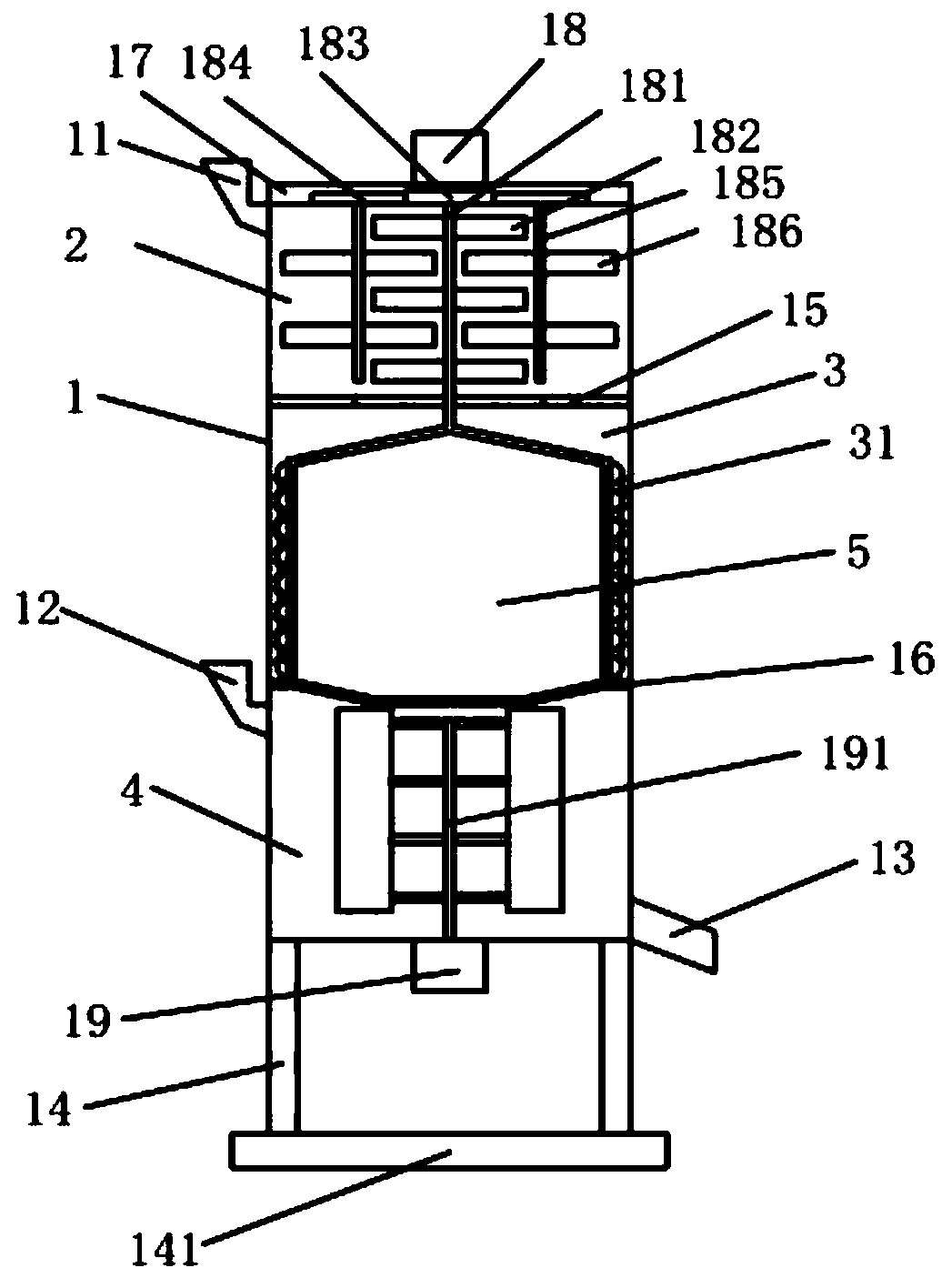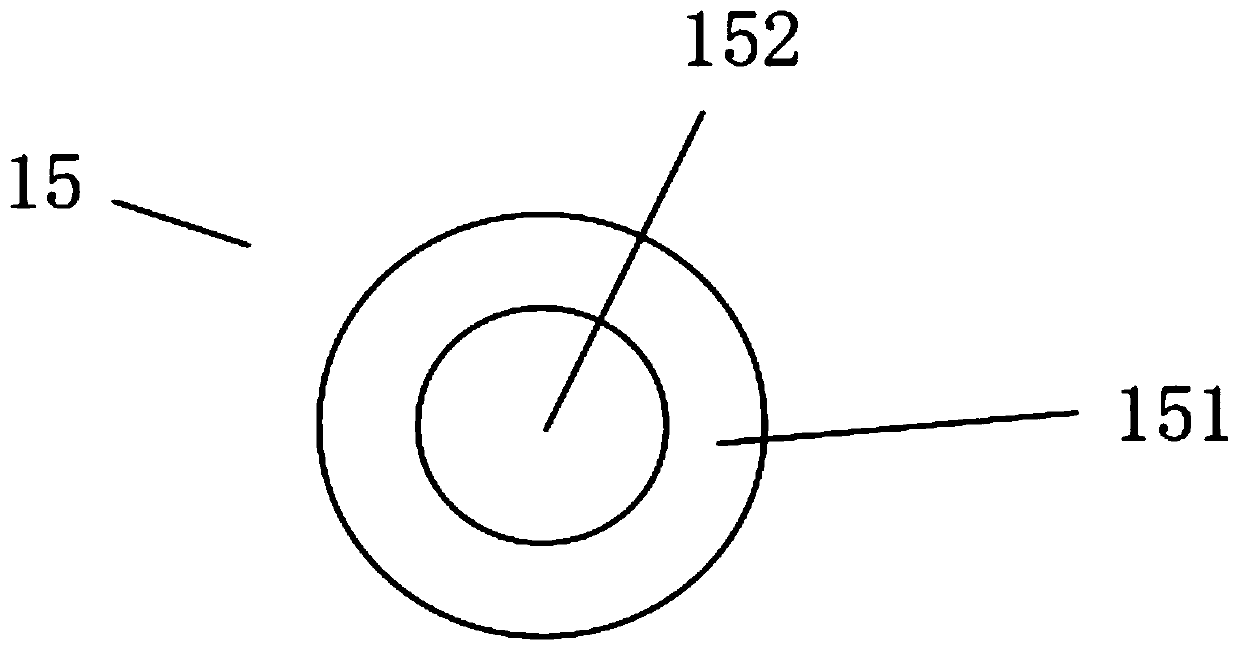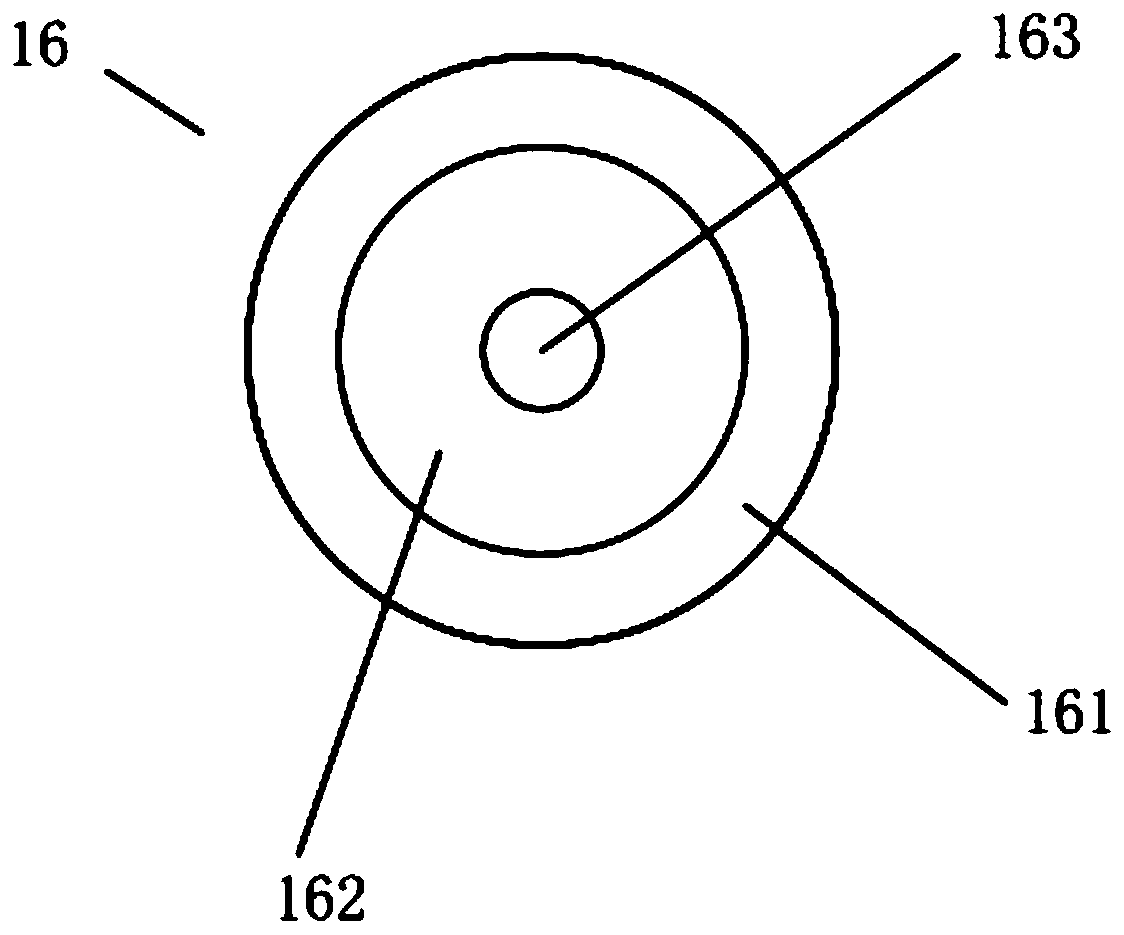Production process of environment-friendly composite pigment
A composite pigment and production process technology, applied in anthracene dyes, organic dyes, inks, etc., can solve the problems of small application range of heat-resistant pigments, low-viscosity storage stability, unfavorable market promotion, etc., to increase solvent resistance and Migration resistance, good fluidity, and the effect of not easy precipitation
- Summary
- Abstract
- Description
- Claims
- Application Information
AI Technical Summary
Problems solved by technology
Method used
Image
Examples
Embodiment 1
[0049] A production process of an environment-friendly composite pigment. The environment-friendly composite pigment is made of the following raw materials in parts by weight: 20 parts of pigment base, 30 parts of ethanol, 3 parts of CH-M8, 7 parts of glacial acetic acid, and 1.5 parts of glycerol trihydroxy polyether ;
[0050] The concrete steps of the production technology of this environment-friendly composite pigment are as follows:
[0051] Step A1: adding the pigment matrix into an oven, and drying for 5 hours at a temperature of 60° C. to obtain the dried pigment matrix;
[0052] Step A2: Add the dried pigment matrix obtained in step A1 into a grinding disperser, grind for 20 minutes at a speed of 1000 r / min until the particle size of the pigment matrix is 0.05 μm, add ethanol into the grinding disperser, Under the condition of rotating speed of 1500r / min, disperse for 30min to obtain the dispersion liquid;
[0053] Step A3: Add CH-M8 and glacial acetic acid into a...
Embodiment 2
[0061] A production process of an environment-friendly composite pigment. The environment-friendly composite pigment is made of the following raw materials in parts by weight: 40 parts of pigment base, 60 parts of ethanol, 5 parts of CH-M8, 10 parts of glacial acetic acid, and 4 parts of glycerol trihydroxy polyether ;
[0062] The concrete steps of the production technology of this environment-friendly composite pigment are as follows:
[0063] Step A1: Add the pigment matrix into an oven, and dry it for 6 hours at a temperature of 70° C. to obtain the dried pigment matrix;
[0064] Step A2: Add the dried pigment matrix obtained in step A1 into a grinding disperser, grind for 30 minutes at a speed of 1500 r / min, until the particle size of the pigment matrix is 0.1 μm, add ethanol into the grinding disperser, Under the condition of rotating speed of 2000r / min, disperse for 40min to obtain the dispersion liquid;
[0065] Step A3: Add CH-M8 and glacial acetic acid into a sti...
PUM
 Login to View More
Login to View More Abstract
Description
Claims
Application Information
 Login to View More
Login to View More - R&D
- Intellectual Property
- Life Sciences
- Materials
- Tech Scout
- Unparalleled Data Quality
- Higher Quality Content
- 60% Fewer Hallucinations
Browse by: Latest US Patents, China's latest patents, Technical Efficacy Thesaurus, Application Domain, Technology Topic, Popular Technical Reports.
© 2025 PatSnap. All rights reserved.Legal|Privacy policy|Modern Slavery Act Transparency Statement|Sitemap|About US| Contact US: help@patsnap.com



